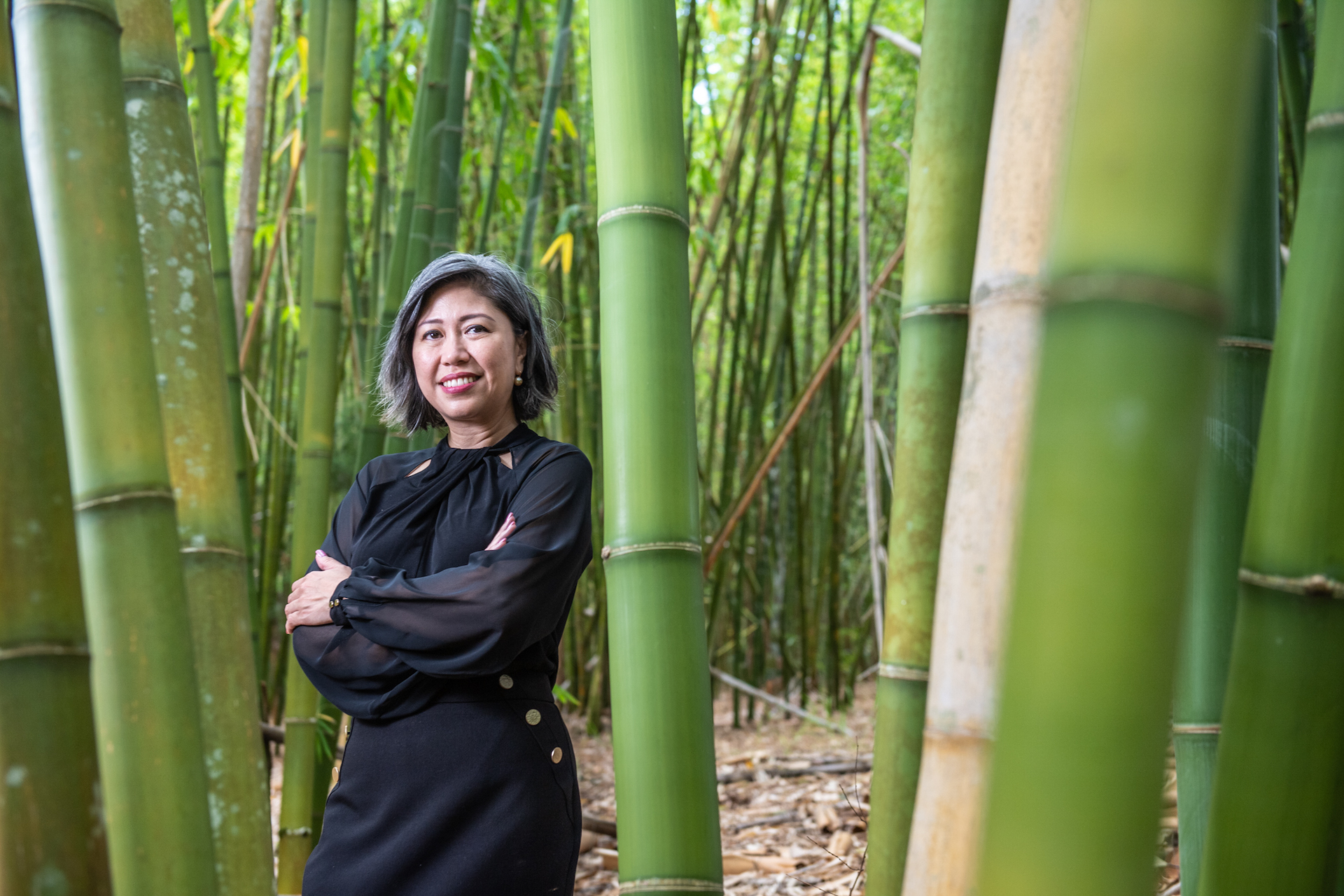Bamboo has a few downsides, but environmentally speaking, it could change the game for sustainability in buildings. But why hasn’t a large-scale bamboo industry been considered for Australia?
“Bamboo can fit into the construction outlook by using laminated bamboo, and every bamboo species can be used for lamination; this means it’s not species-specific,” added Ms Miranda.
According to Miranda, bamboo imports to Australia only started in the 2000s by a small importer of flooring products.
“Planting bamboo alone can contribute to the Australian government’s agenda in reducing carbon emission by 2030 due to its fast growth, and then using the harvested culms for building products for locking the carbon longer may even contribute more to this reduction target.”
“We often hear misinformation about how new bamboo products are manufactured – this is what we are driving to change and asking the building industry to listen and learn that not all products are created equal.
deleted by creator
It only removes nutrients if it’s “mined” to remove nutrients. I live next to a Moso Farm and that’s a common statement I don’t believe has a lot of value if it’s sustainably harvested, exactly the same issues as plantation timber has. No one is concerned about Qld’s Slash Pines doing the same thing when it’s providing building timber even though that long term cycling has issues over time.
Yes, bamboo will transpire a lot of water if it’s available, but it will also grow with less leaf and slower when it isn’t. We could recover water from water treatment plants if that was a huge concern or careful siting of plantations rather than let growers go free for all.
I thought the article was about researching the ability to build consistently with round pole and use laminated bamboo where a distinct engineered product was required. The Green School has amazing bamboo structures, no reason why we can’t have the same.
Personally, I have a Dendrocalamus asper and the poles really need to be seen to be believed. I don’t have excessive water to share where it’s sited.
https://www.unisq.edu.au/news/2023/03/bamboo-homes
“Bamboo forests can help mitigate climate change due to its fast sequestration of carbon and converting its poles to bamboo products such as a construction material will further lock the carbon it stored.”
In recent years, bamboo products and goods have become increasingly popular in Australian homes, but a lack of building regulations for bamboo makes it difficult to build major buildings or structures in the country.
“Bamboo is the fastest growing and most versatile plant in the world, but Australia has yet to realise the enormous potential of bamboo culms which could help solve the nation’s housing and climate crises,” Mari said.
“There are lots of bamboo structures in Colombia, Indonesia and China, so if they can build bamboo structures there, why can’t we build them here?”.
For her research, Mari interviewed bamboo growers, mainly from New South Wales, to identify the suitability of growing bamboo to source the production, and designers/builders to understand the barriers of recognising bamboo as a construction material.
In recent years, engineered bamboo such as laminated bamboo lumber has become a popular building material because it can be used in more ways in design and construction.
“There is a lot of potential for bamboo that needs to be explored, but we’ll never be able to fully understand the characteristics, properties and construction limitations of bamboo unless we start undertaking more large-scale bamboo construction projects in Australia,” Mari said.
deleted by creator



